I have used some for time Barkan PB22B 2200mah Portable Charger Black to charge my smart Samsung S4 mini phone. I had some issues first that the charging was not reliable with my phone (worked well with some other devices). I decided to look what was wrong with USB Power Current Voltage Tester, and with it plugged between the portable charger and smart phone everything works fine without problems. So now I charge my phone on the go with Barkan PB22B 2200mah Portable Charger Black andUSB Power Current Voltage Tester.
One day the case felt a little bit loose, I decided to look what’s is inside.
Take a closer look at the electronics built around 134HOP (or 134H0P) chip (for which I could not find data sheet with quick Google search):
Here is a close look at the Li-ion battery on the device.
From the data on battery, the battery pack can hold 2200 mAh charge at 3.7V. When I charge phone with it, I will get less than 2200 mAh of 5V power, because the voltage needs to be boosted from 3.7V to 5V with swith mode power supply. With ideal power supply I would get around 1600 mAh at 5V USB output, with real life power supply circuit with some losses I get less than (expect to loose 10-20% of power on the power conversion).
This is quite typical situation on USB portable chargers. They are marketed with battery manufacturer promised mAh rating on the battery itself, not the actual mAh you will get from the device when you charge your phone with it.
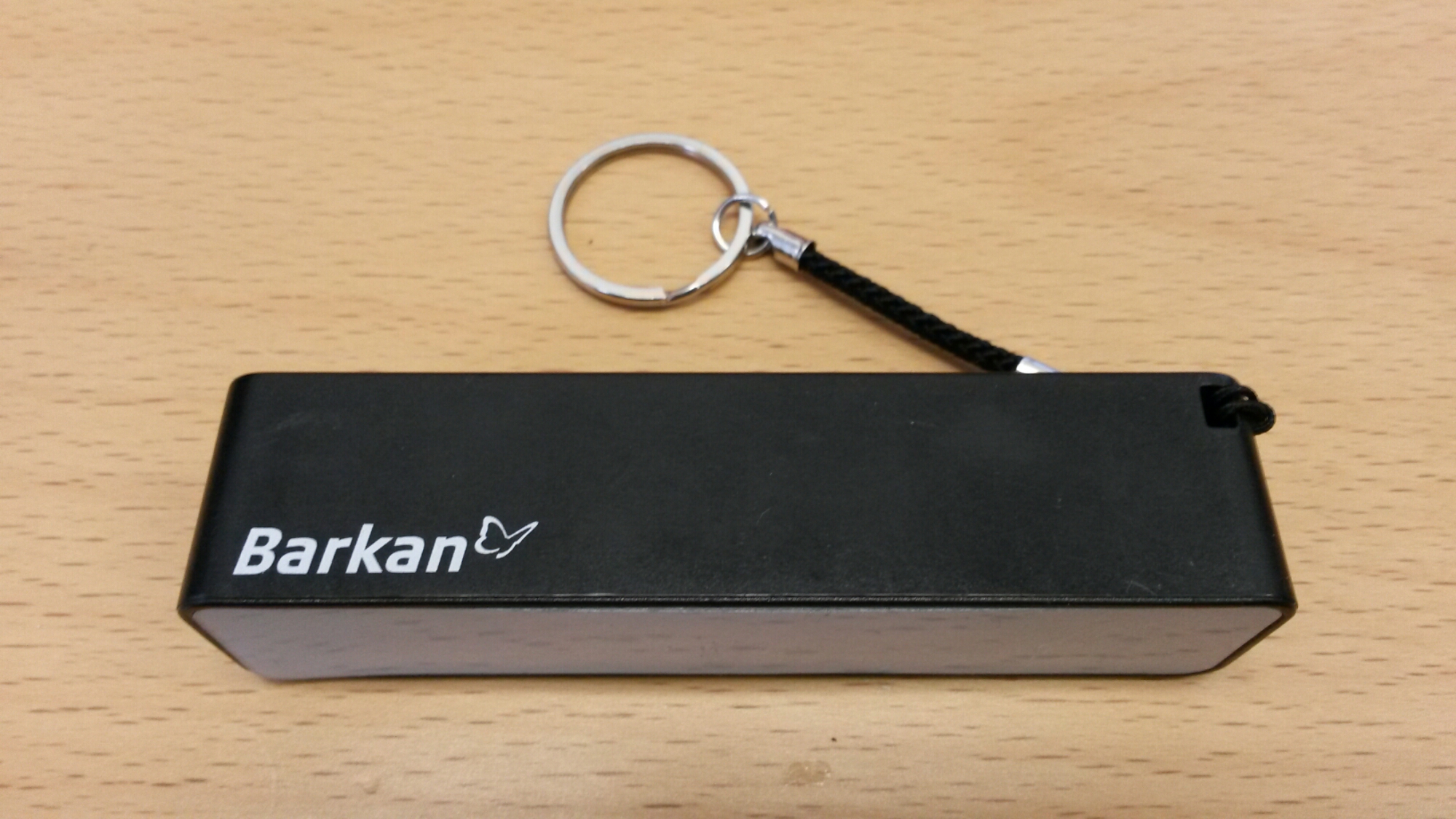
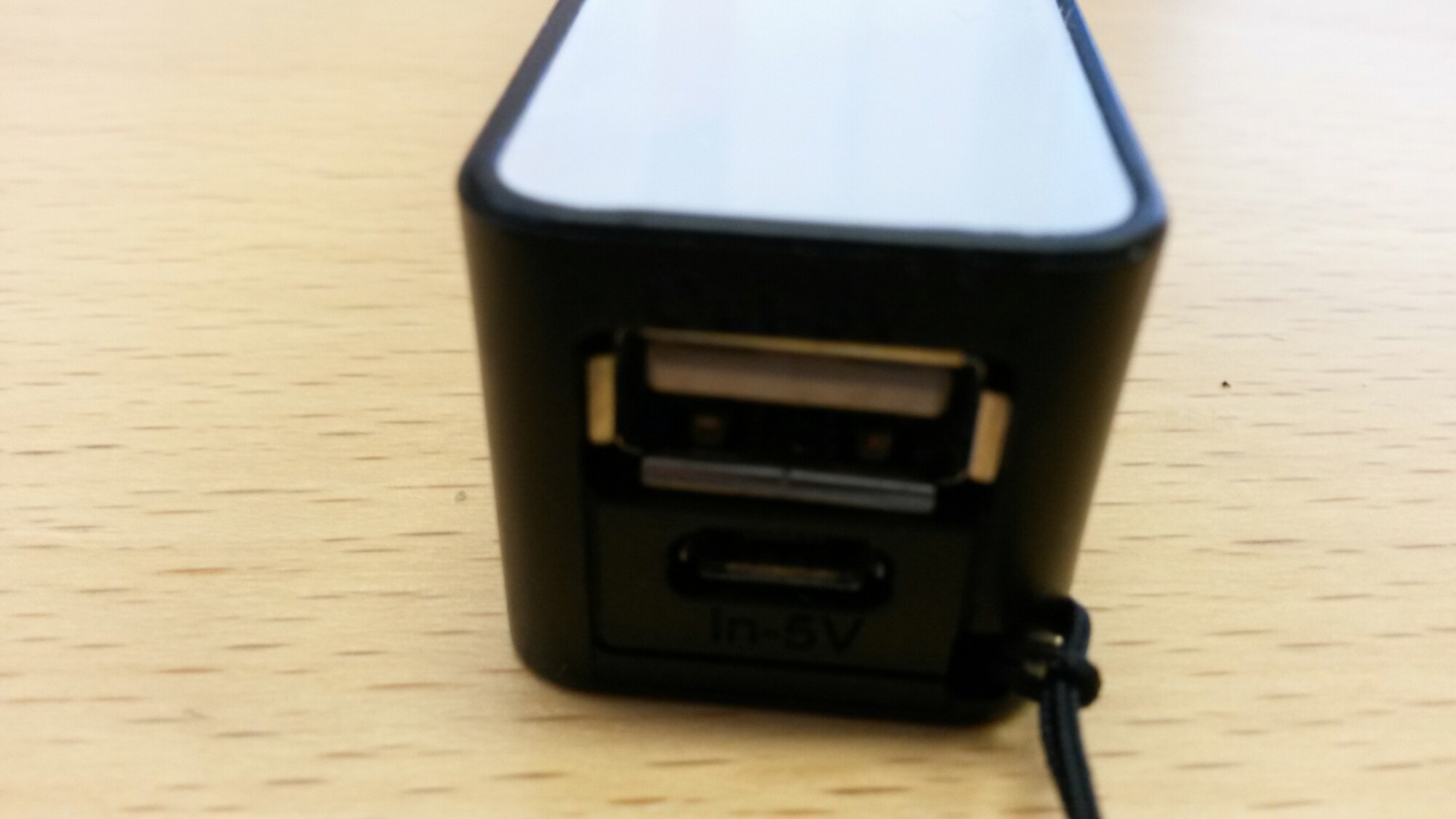
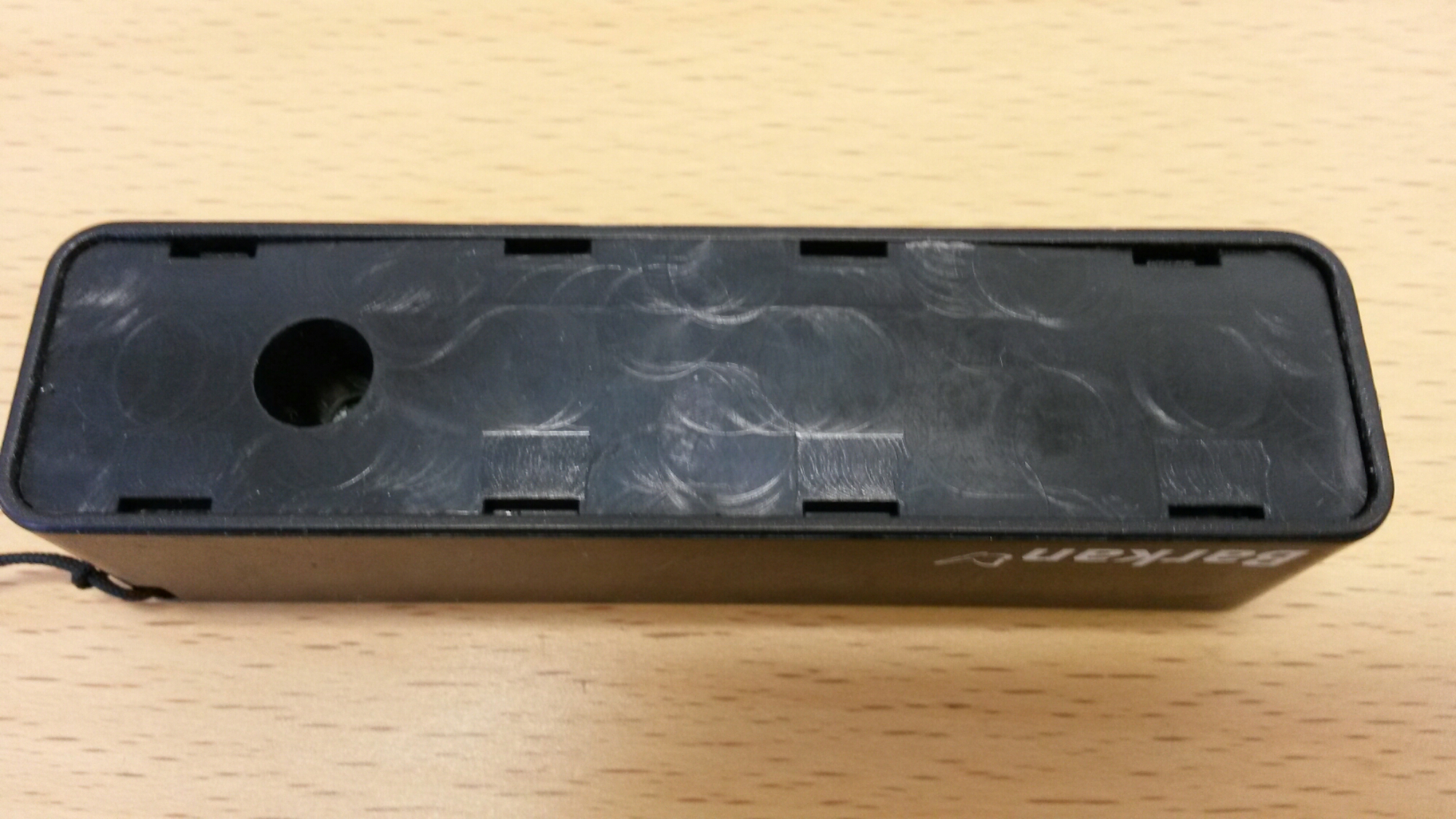
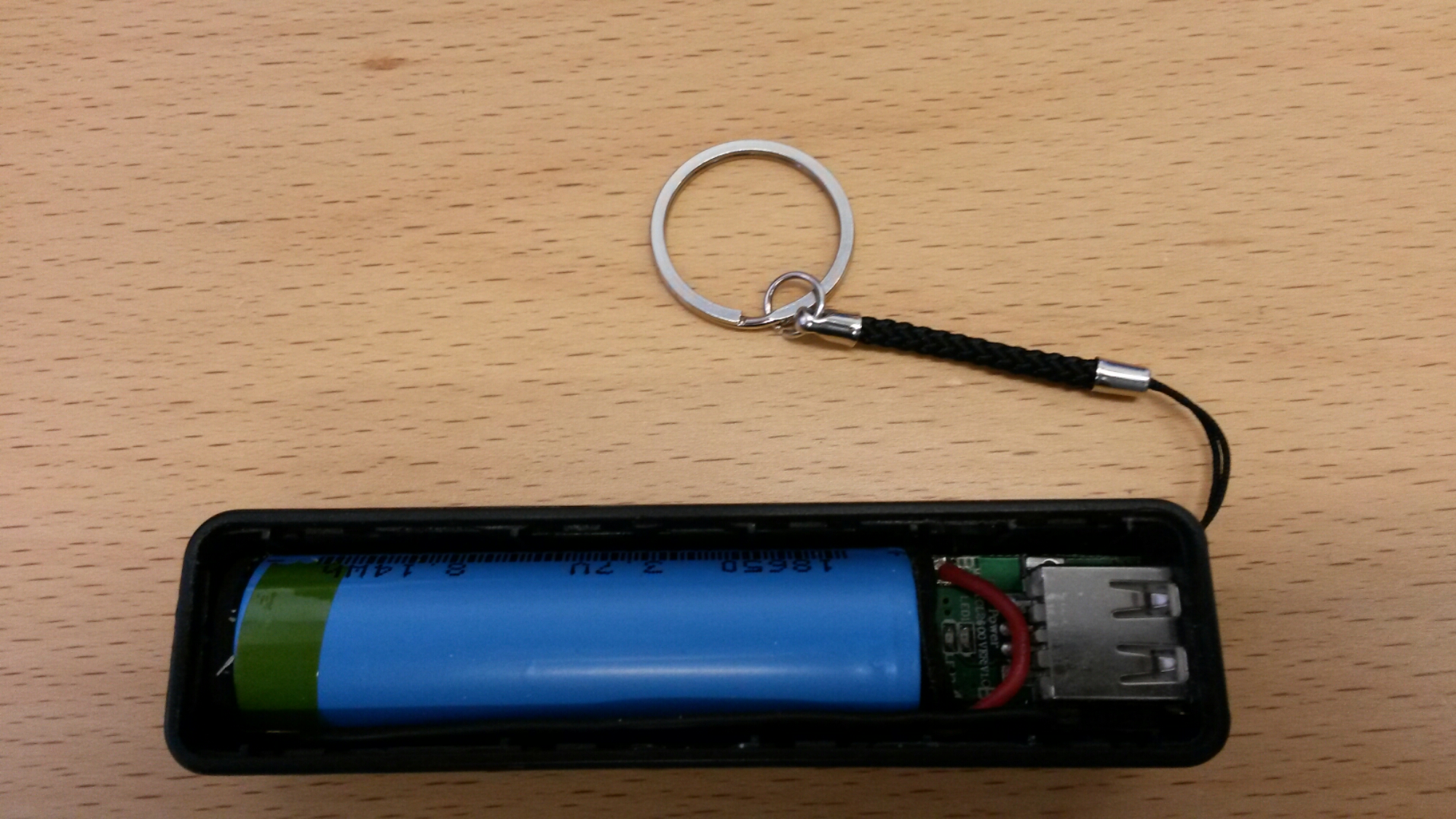
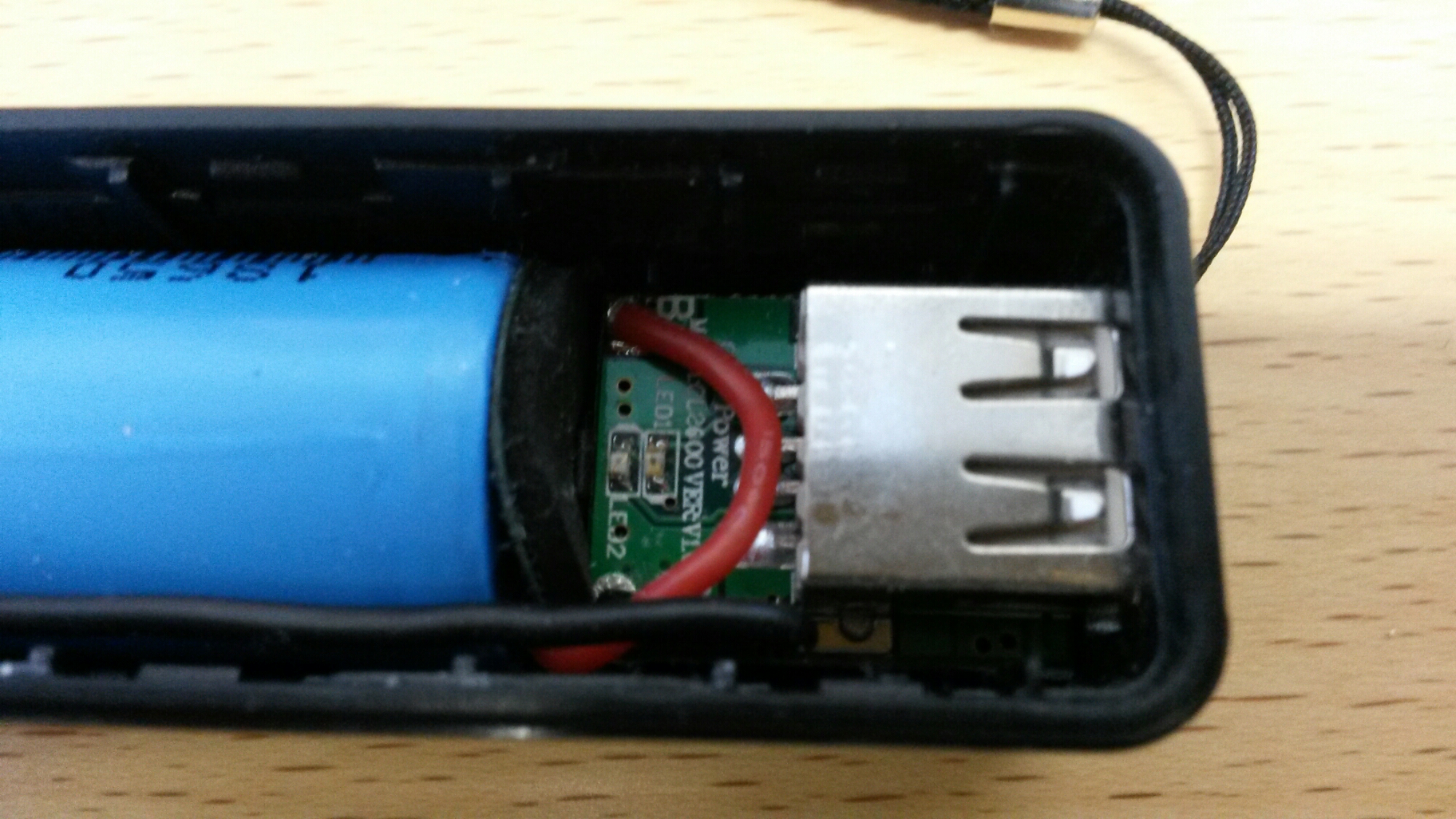
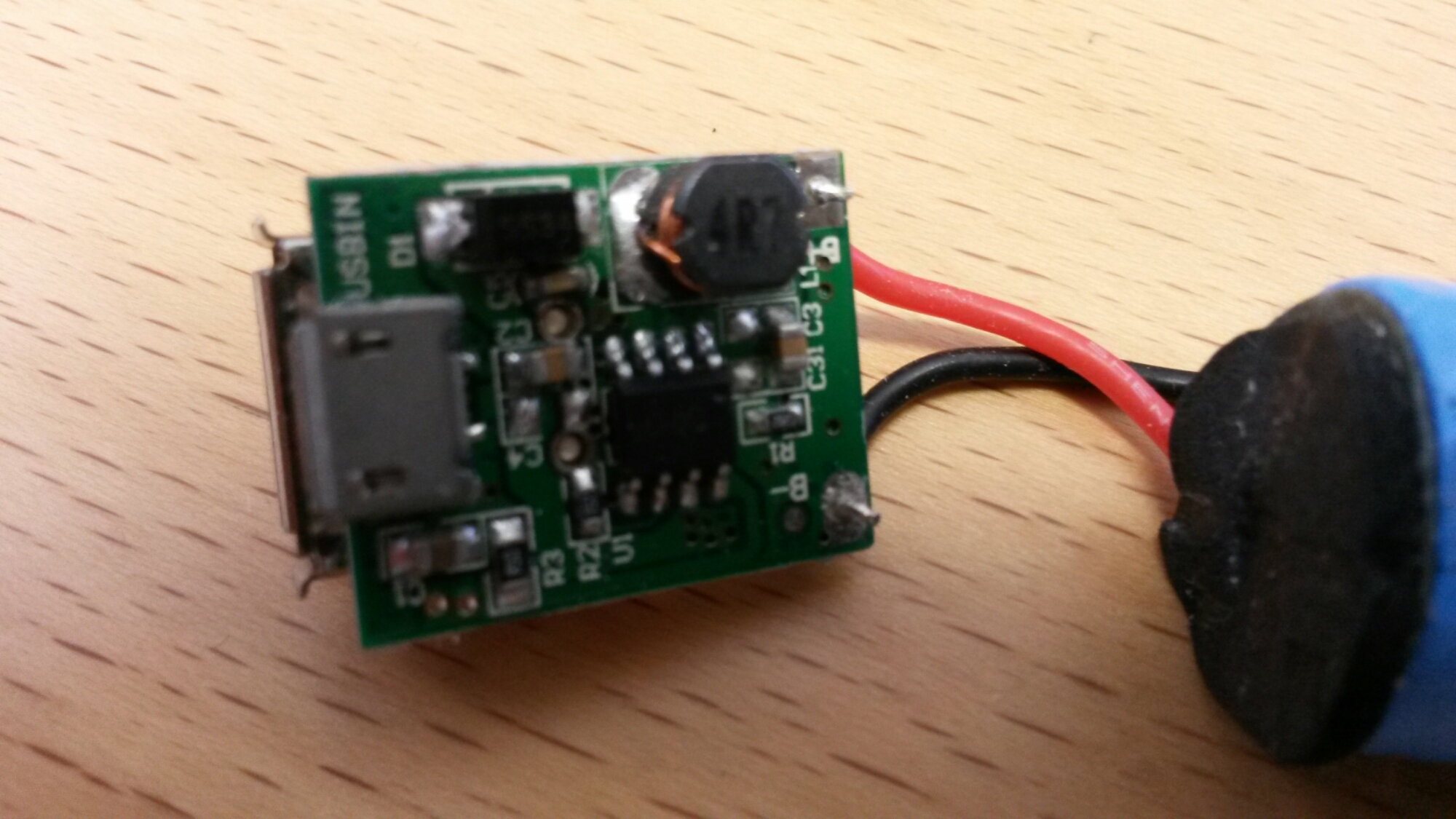
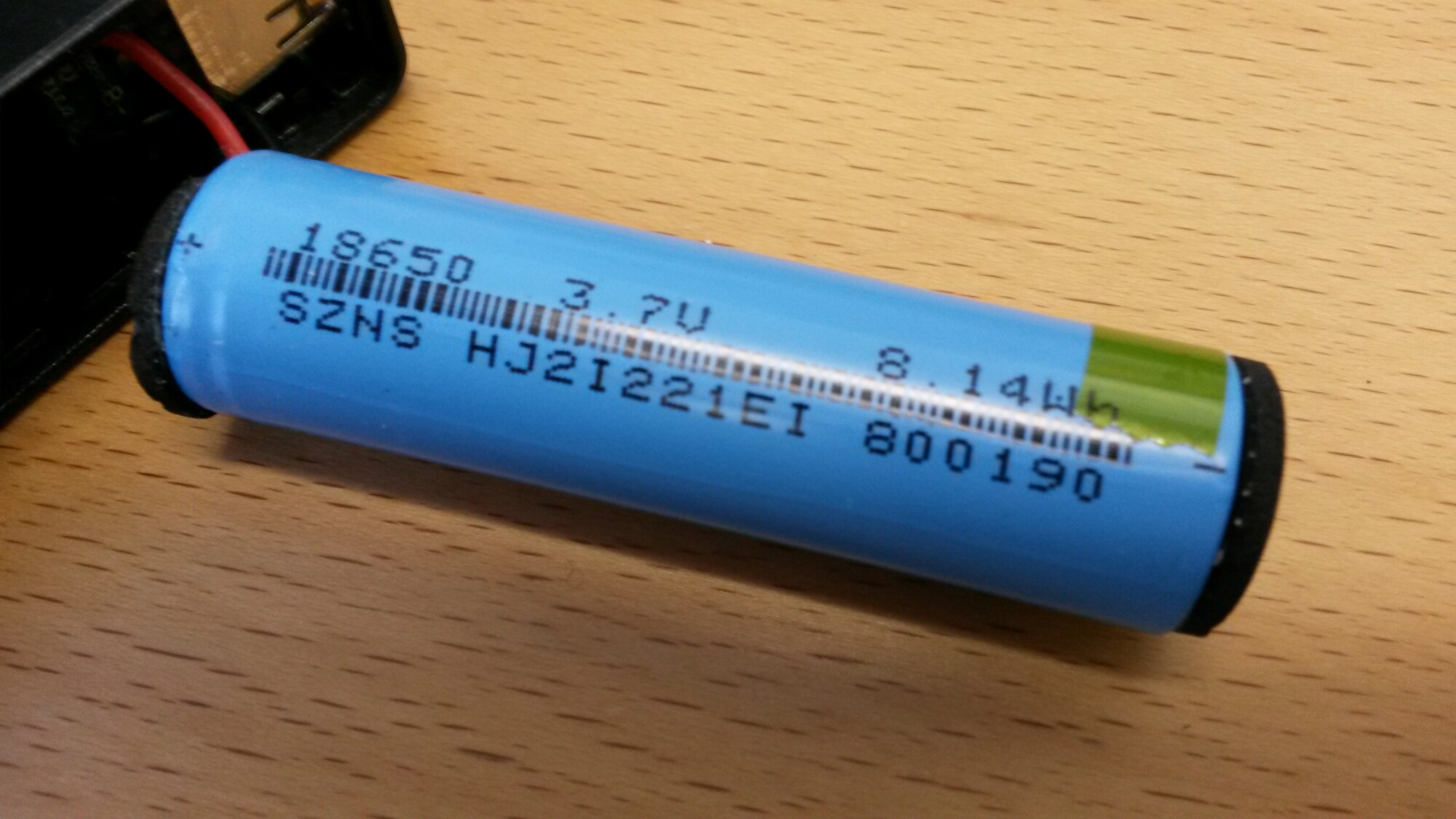
14 Comments
Tomi Engdahl says:
Inside looks quite similar to this:
http://www.banggood.com/3pcs-DIY-18650-Free-Welding-Power-Bank-Circuit-Board-Plastic-Box-Kit-p-1105011.html?rmmds=newArrivals
Tomi Engdahl says:
Cheap Powerbank Logic and Teardown
http://hackaday.com/2016/12/21/cheap-powerbank-logic-and-teardown/
A USB cable that gets warm at the slightest current, a claimed 800 mA of output at 5V from a claimed 1200 mAh capacity, and all from an 18650 Li-ion cell of indeterminate origin. The active component is an FM9833E SOIC-8 switching regulator and charger (220K PDF data sheet, in Chinese).
A straightforward teardown of a piece of near-junk consumer electronics would not normally be seen as something we’d tempt you with, but [Julian] goes on to have some rather pointless but entertaining fun with these devices.
Invention: Poundland Powerbank Logic
https://www.youtube.com/watch?v=Roxa2NjHz3M
Tomi Engdahl says:
Poundland’s 2016 power banks. (not a good start)
https://www.youtube.com/watch?v=LV075xPrXvs
Poundland seem to be having the same experience that Pound World did when they started stocking power banks. Dead units out the box and unusually low capacities. Here’s a look at two that fall into those categories.
Tomi Engdahl says:
What’s inside a Tesco Power Hit disposable phone charger.
https://www.youtube.com/watch?v=5korWqCcsHE
Well, this is a bit of an ecologic disaster. It’s another singe-use product that seems to contain a fully rechargeable lithium cell.
I can understand why they did it, since lithium ion cells have a very high energy density and are cheap to mass produce, but it still seems a terrible thing to make a disposable item that could be reused 1000 times if it had been designed around a standard power bank chip and fitted with a recharge socket.
I have recharged the cell in one of these units completely without incident and believe them to be standard rechargeable cells, but as it’s not specifically sold as being rechargeable the usual precautions should be taken when experimenting with lithium cells. the cell is bare and would require external overcharge protection.
It’s interesting to note that the original manufacturer of these (Hopepower) also does a dual connector version that suits both Apple and Android devices, and does a very similar rechargeable version.
Tomi Engdahl says:
Slight flaw with USB power banks.
https://www.youtube.com/watch?v=ce8FmwKjlhs
While doing a discharge test on a small USB power bank, I discovered that even though the booster circuit cuts out when the lithium cell’s voltage drops to about 3V, the load can still draw current through the boost inductor and diode. As such, if you leave a load connected to a USB power bank that has run low, it may still drain the lithium cell down below it’s safe discharge level and damage the cell.
So the moral of the story is to avoid leaving loads connected to USB power banks for long periods of time.
Tomi Engdahl says:
Inside some USB power banks.
https://www.youtube.com/watch?v=LbaPpG2KjA4
A look inside a few different 18650 style USB power banks, including a test of their quiescent current in standby and their upper and lower charge/discharge cutoff points.
Scarily tight aluminium USB power bank.
https://www.youtube.com/watch?v=lXuevtvchQQ
It’s VERY tight inside to say the least. The battery and the thin wire that runs up its side are a tight friction fit in the tube, and the length is absolutely on the limit for the 18650 style lithium cell and the PCB. It was quite scary to take apart and reassemble
Tomi Engdahl says:
A look inside the notorious EE Power Bar.
https://www.youtube.com/watch?v=B-1U_S1w00E
A look inside the slightly notorious (recalled) EE Power Bar and some analysis and tests to see if it is as dangerous as the media made out.
In brief, a UK based mobile phone service provider made these handy power banks available with their contracts, with the novel idea that if you were caught short for power you could pop into their nearest shop and exchange your flat Power Bar for a freshly recharged one.
Then there were some incidents where the Power Bars caught fire, with one incident resulting in a picture of a burned hand
Tomi Engdahl says:
Li-Ion Power Bank – Short Circuit and Fire. Experiment Gone Wrong.
https://www.youtube.com/watch?v=CYBnEGYWgz4
Tomi Engdahl says:
Cheapest Power Bank Review (with Schematic)
https://www.youtube.com/watch?v=yonrBCiweHk
Test and teardown of the cheapest power bank ever – the 80 cent (incl. shipping) power bank from Ebay. Of course, you have to insert your own 3.7V Li-Ion 18650 cell into it :). What did you expect for 80 cents :)? It works well for loads up to 1A. At 1A the output voltage is 4.94V. At 1.1A the voltage drops to 4.56V and at 1.25A it shuts down. It charges the battery to about 4.2V and discharges it down to 3.1V. While charging, the power bank draws 0.78A from a 5V supply.
Tomi Engdahl says:
Li-Ion Power Bank – Short Circuit and Fire. Experiment Gone Wrong.
https://www.youtube.com/watch?v=CYBnEGYWgz4
I was trying to simulate what happens, if the chip goes short circuit inside a power bank with a 18650 Li-Ion cell. As usually, my experiment went wrong. You can enjoy lots of smoke and fire. Never try to do this experiment, it is very dangerous.
“… sophisticated dead short circuit simulator, or a blob of solder”
Tomi Engdahl says:
Are over-discharged lithium cells safe? (And how to test for damage.)
https://www.youtube.com/watch?v=sRwoYJyjZNo
Most of Poundland’s power banks in this style come completely discharged due to the higher than usual quiescent current of the circuitry. I wanted to know if that was a serious issue or not.
Tomi Engdahl says:
“DIY” USB Power Bank for 2x 18650 Li-Ion cells
https://www.youtube.com/watch?v=_39Fy5bIu5s
Test and teardown of a PowerBank designed for two 18650 Li-Ion batteries. The sellers on Ebay call it “DIY” for a simple reason – it comes with no cells and you have to put your own 18650 Li-Ion cells into it.
Tomi Engdahl says:
A look inside the Duracell PB2 power bank.
https://www.youtube.com/watch?v=W5anaHXMrhk
Quite well constructed with LG cells, an unusual control PCB with a few tricky to trace components and a thermistor for battery temperature monitoring. Notable features are the decent control chip they seem to have used and the matching beefy inductor.
External cell capacity test is a respectable 6400mAh. (3200mAh per cell)
Tomi Engdahl says:
Simplest power bank ever?
https://www.youtube.com/watch?v=3GXdXsIJPGs
This somewhat exaggerated power bank has one of the simplest circuit boards I’ve seen yet. Just 5 components and the connectors.
To keep the chip’s pin count low it uses the arrangement of the charge and output USB sockets in parallel. That means that it has to dip the voltage briefly every couple of seconds to check if a charger has been connected.